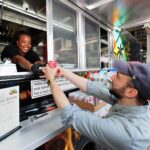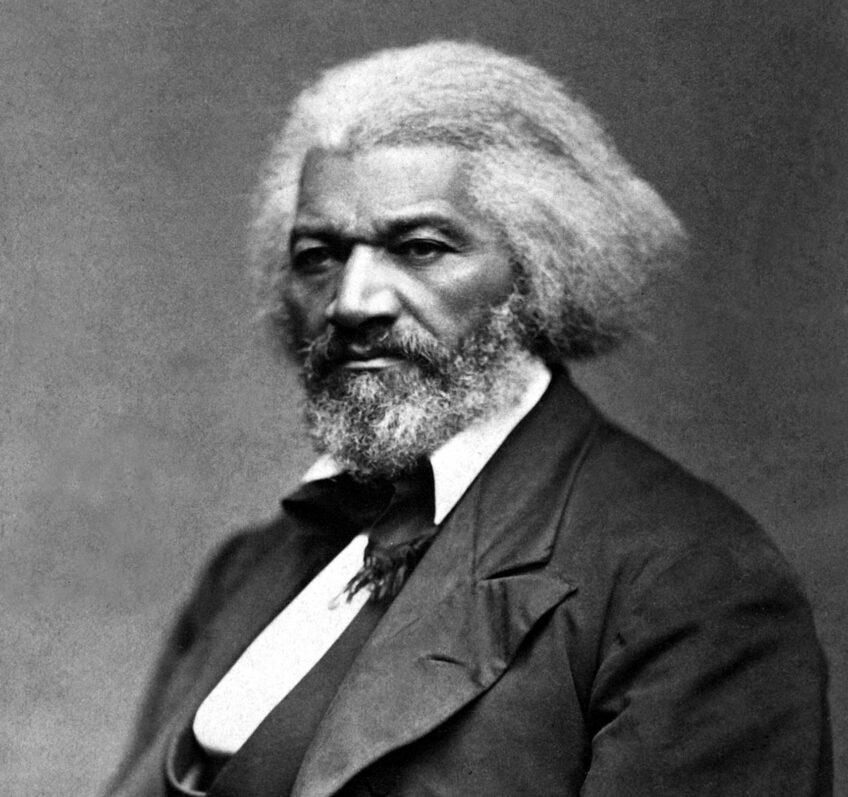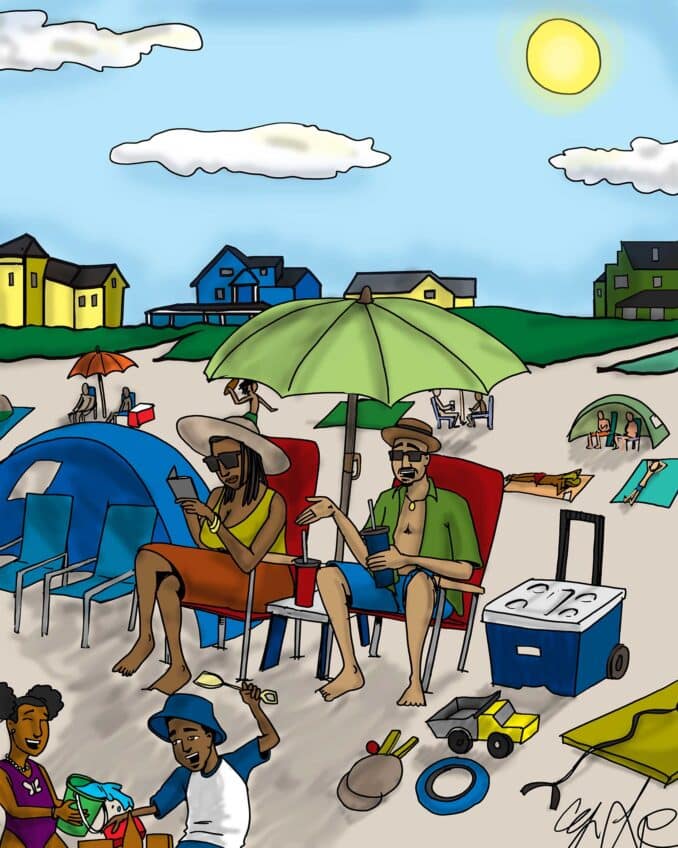From the beginning of the COVID-19 pandemic, keeping Boston’s families safe, healthy and equitably supported has been our top priority. That’s why we made the tough but necessary decision to close Boston Public Schools buildings in March. In a matter of days, we began distributing Chromebooks and Wi-Fi hot spots to students, we set up meal sites to continue feeding tens of thousands of students and families and we transitioned to fully remote learning. It was an all-hands-on-deck effort, and one we kept up while planning the upcoming school year.
We are still facing uncertainty from coronavirus, but the values that guide us are unchanged. Our plans for the upcoming school year put health, safety and the needs of our most vulnerable students at the center of our plans.
After conducting an equity analysis and incorporating the feedback of thousands of stakeholders, we have decided to move forward with a cautious, responsible phased-in hybrid model for the school year. In the optional hybrid model, students learn at home three days a week and attend school in person two days a week.
In every step, families have the choice of whether to opt in to hybrid learning or stay fully remote. BPS is surveying families about their learning environment and transportation preferences for the fall. We know that many families want and need their children to be in school, but many other families are not yet comfortable with in-person learning. That’s why we are honoring family choice.
We’ve learned a lot from the spring remote learning period. This plan is an opportunity to make remote learning more robust, inclusive and creative. We are expanding technology and internet access; creating new outreach and support plans for families; developing solutions for special education students and English learners; and talking with childcare providers.
We have also spent months preparing our school buildings and training staff to protect students’ and teachers’ health. We are working with school leaders and facilities professionals to make sure every school is safe and in compliance with DESE recommendations. We will not send students, teachers or staff into buildings that are not safe.
We are focusing on equity and meeting the needs of our students. Our plan responds to the significant opportunity gaps facing students from low-income households, students of color, immigrants and English language learners. Many parents are essential workers who must return to work and cannot leave their young children home alone. For these families, opportunity gaps grow with every day students are out of school. It’s also important to remember that school is about much more than learning. For many students, it’s their place of safety, support and social development.
Supporting students with special needs is a big focus of this plan. We are prioritizing high-needs special education students by giving them the option of in-person learning up to four days per week, starting Oct. 1. This is the right thing to do. We are committed to meeting the requirements of every student’s Individualized Education Program (IEP).
We need to keep our communities safe, get kids back to school and provide quality education. That’s what this plan makes possible. At every step, we will follow public health data. Every family will have the choice about when to send their children into school buildings. And we will continue the work that began long before COVID-19: to close opportunity and achievement gaps and give every single child the quality education that they deserve.






